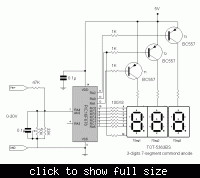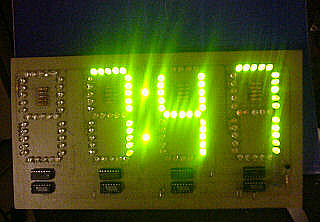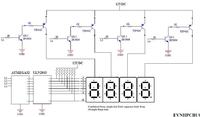All4U
Junior Member level 1

Hi all,
Now I want to display the freq with very large 7 segment display (20cm height, combine from single leds, 20 leds per segment). Can I use the scan technic or will I need any driver?
Thanks!
Now I want to display the freq with very large 7 segment display (20cm height, combine from single leds, 20 leds per segment). Can I use the scan technic or will I need any driver?
Thanks!







